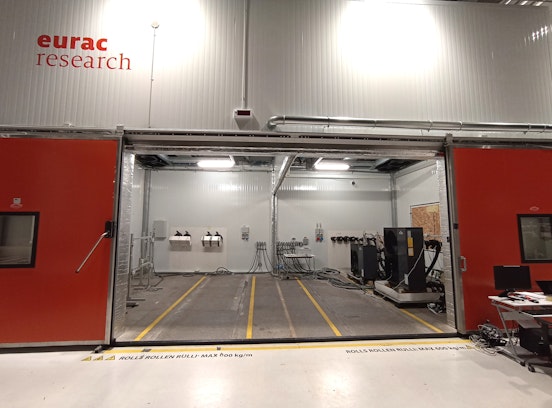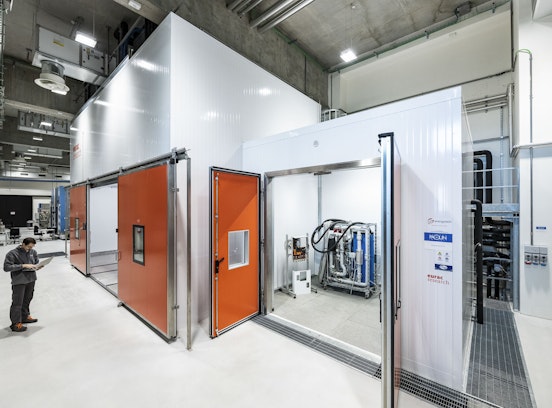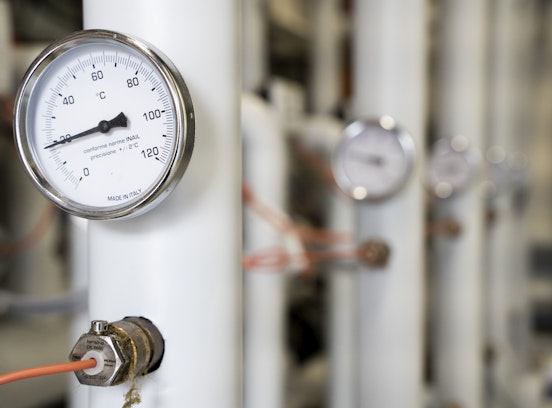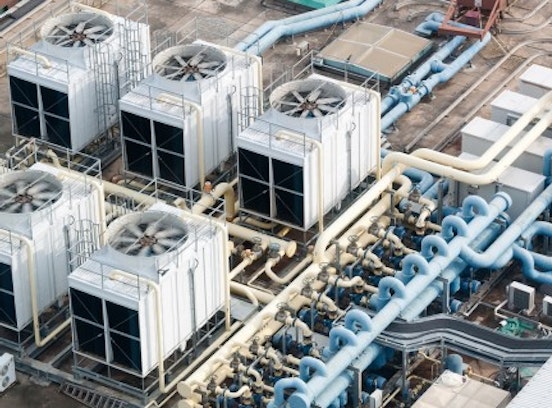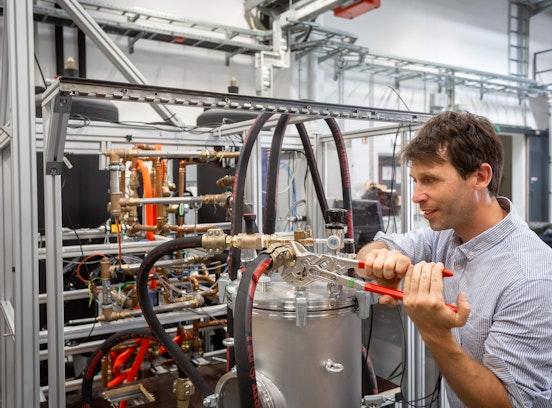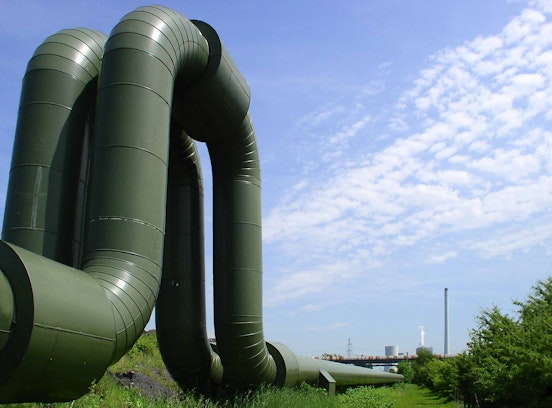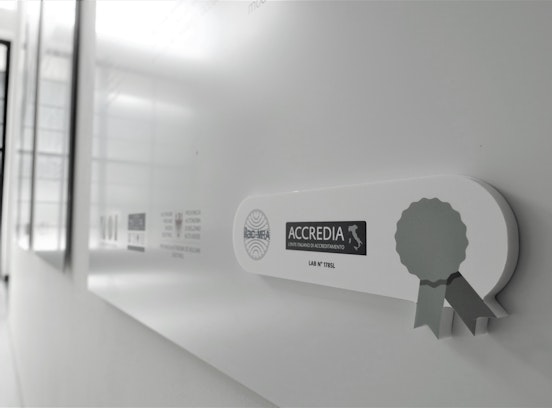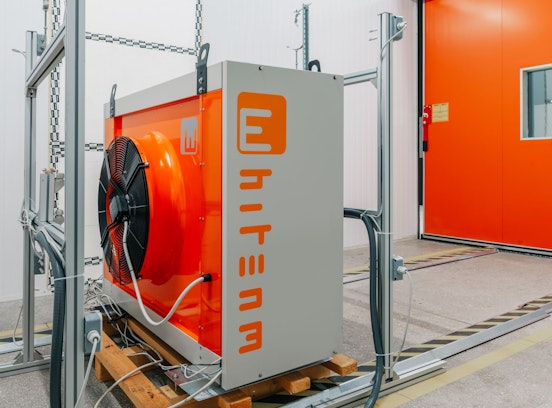Institute for Renewable Energy - News & Events - Bidirectional thermal substation for district heating users
Bidirectional thermal substation for district heating users
A prototype of a bidirectional substation with a return-to-supply configuration was developed by ENEA and tested in the Energy Exchange Lab of Eurac Research. The results in a new scientific paper
- English
The Italian Electrical System Research Programme carries out activities concerning efficient energy networks to assess the technical feasibility of active district heating. Thermal prosumers - who consume thermal energy for internal needs while generating surplus energy for the network - play a crucial role: they can potentially provide a relevant contribution to increase the renewable fraction of heat and to decrease the fossil fuel consumption. But, in order to promote the efficient exchange of heat in both directions, it is essential to upgrade the thermal substation which links the prosumer to the district heating network.
ENEA, developed a prototype of a bidirectional substation with a return-to-supply configuration tested in the Energy Exchange Lab of Eurac research. The results of the first testing activities demonstrate the controls' reliable operation in supplying heat to the user and feeding the district heating network at the required temperature as the switch between the different operation modes. Further tests carried out by applying the hardware-in-the-loop technique are the basis of a new scientific paper, "The bidirectional substation for district heating users: experimental performance assessment with operational profiles of prosumer loads and distributed generation" recently published in the Journal Energy and Buildings.
The study evaluates the yearly contribution of a bidirectional substation in maximising the use of thermal energy produced locally by renewable energy sources and waste heat in a densely populated area considering the limitation due to the non-contemporaneity of production and consumption and possibilities to overcome them.
"The novelty of this study lies in considering various boundary conditions for the loads, DHN and DG system, analysing experimentally the operation of the substation for each of them and obtaining yearly performances. The field of application of the studied substation is urban areas with existing district heating networks, lack of space for large central solar thermal plants or waste heat sources availability" explains Mauro Pipiciello, first author of the article.
This work is part of a long serie of fruitful collaboration with scientific partner ENEA: The first was in 2020 which resulted in a first scientific paper on the substation (Here the news in Italian). The second collaboration happened in 2021, resulted in this second paper. A third collaboration is currently underway, and will end later this year.


